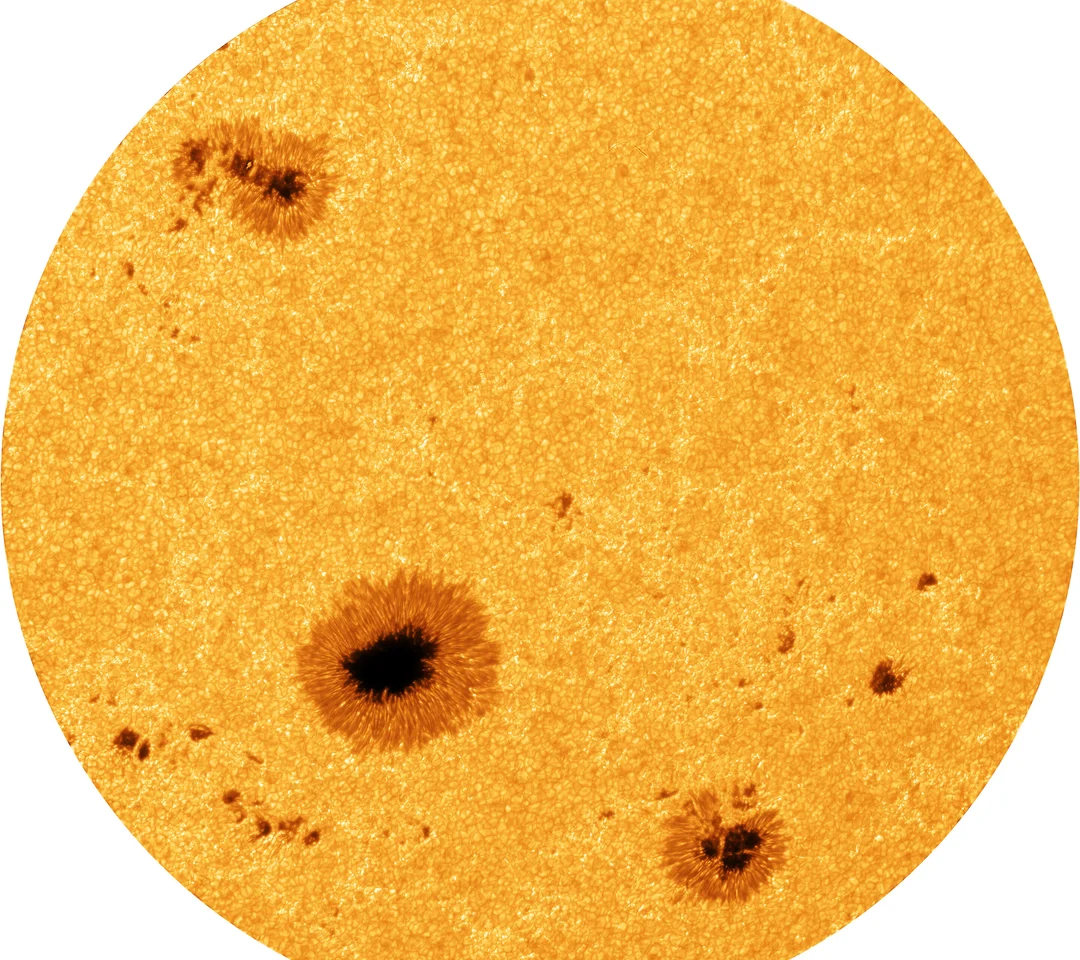
Stunning 8K Images Reveal Unprecedented Details of the Sun’s Surface
Get ready to witness the sun like never before! New 8K-resolution images captured by the Vacuum Tower Telescope (VTT) in Tenerife are revealing astonishing details of solar activity, including raging sunspots, plasma flows, and magnetic field structures. This breakthrough provides scientists with an unprecedented view of our star, offering crucial insights for improved space weather forecasting.

The key to this achievement is a new, advanced camera system developed by the Leibniz Institute for Astrophysics Potsdam (AIP). This system compiles 100 short-exposure images, each with a resolution of 8000x6000 pixels, captured at an impressive 25 frames per second. This process effectively mitigates atmospheric disturbances, allowing for a spatial resolution of approximately 62 miles (100 kilometers) on the sun's surface.
"Our expectations of the camera system were more than fulfilled right from the start," said Robert Kamlah, who carried out the project as part of his doctoral thesis at the AIP and the University of Potsdam. This new technology allows researchers to observe dynamic solar processes on timescales as short as 20 seconds, offering a glimpse into the rapid evolution of solar activity.
The VTT, despite operating since 1988, has been revitalized by this upgrade. The telescope's wide field of view, combined with the new camera's high resolution, bridges the gap between smaller telescopes that offer full-disk views and larger solar telescopes that provide zoomed-in perspectives. This provides critical context for understanding large-scale structures and behavior on the active Sun.

Scientist Rolf Schlichenmaier from the Institute for Solar Physics emphasized the importance of this advancement: "In order to better understand solar activity, it is crucial not only to analyze the fundamental processes of the fine structure and the long-term development of global activity with various instruments, but also to investigate the temporal evolution of the magnetic field in active regions."
The 8K images cover areas up to 124,274 miles (200,000 km) in diameter, about one-seventh of the sun's total diameter. This allows researchers to study intricate details of sunspot groups, plasma flows, and magnetic field structures that are responsible for solar flares. By using special filters researchers can observe the photosphere and the chromosphere, the movement of plasma in this region underpins the evolution of sunspots.
"The results obtained show how, together with our partners, we are teaching an old telescope new tricks," added Carsten Denker, Head of the Solar Physics Section at the AIP.
What's the significance of these incredibly detailed solar images? They not only deepen our understanding of the complex dynamics of our sun but also hold the potential to significantly improve our ability to predict space weather events, protecting our technology and infrastructure on Earth. Will these advancements lead to more accurate forecasting and better safeguards against the effects of solar flares?
Share your thoughts and predictions in the comments below!